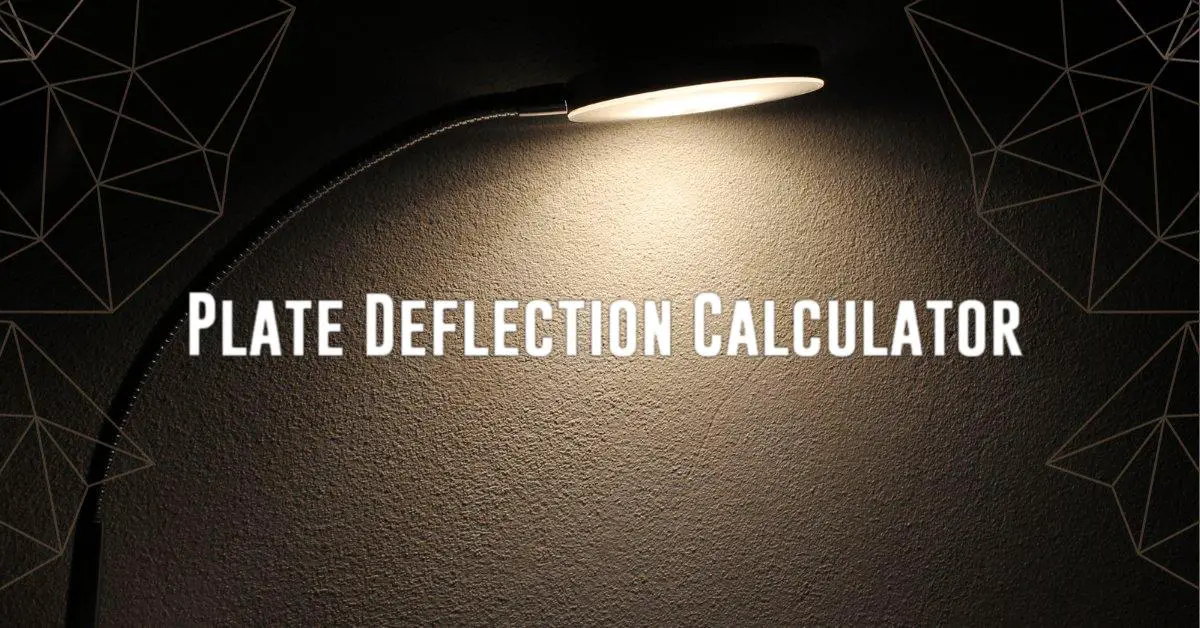Plating Cost Calculation
When it comes to plating services, understanding the cost calculation involved can help you make informed decisions for your project. Plating refers to the process of applying a thin layer of metal onto a surface to enhance its appearance, durability, and corrosion resistance. Whether you are looking to plate small parts for a DIY project or seeking professional plating services for industrial applications, knowing how the costs are calculated can ensure you stay within budget and get the results you desire.
| Item | Details |
|---|---|
| Material Cost per Square Inch ($) | |
| Area to Plate (in²) | |
| Labor Cost per Hour ($) | |
| Time to Plate (hours) | |
| Overhead Cost (%) | |
| Total Plating Cost ($) |
Factors Affecting Plating Costs
Several factors can influence the cost of plating services:
- Material: The type of metal being used for plating will affect the overall cost. Some metals, such as gold and platinum, are more expensive than others like nickel and copper.
- Surface Area: The size of the part being plated will impact the cost. Larger parts require more materials and labor, thus increasing the overall cost.
- Complexity: Intricate designs or parts with irregular shapes may require additional processes and attention to detail, leading to higher costs.
- Quantity: The number of parts being plated can also influence the cost. Bulk orders may qualify for discounts, while smaller quantities may incur higher costs per unit.
- Finish: The desired finish, such as matte, satin, or polished, can affect the cost of plating. Specialty finishes may require extra steps and materials, increasing the overall price.

Calculating Plating Costs
Plating costs are typically calculated based on several components:
-
- Material Costs: The cost of the plating metal, including any additional materials such as cleaners, activators, and sealers.
- Labor Costs: The cost of labor required to prepare the part, apply the plating, and inspect the finished product.
- Overhead Costs: Additional costs associated with running the plating facility, such as utilities, equipment maintenance, and administrative expenses.
- Profit Margin: The desired profit margin of the plating service provider, which is added to the total cost to determine the final price.
To calculate the total cost of plating, these components are added together to determine a price per unit or project. It is essential to consider all factors to ensure an accurate and fair cost estimate.
Ways to Reduce Plating Costs
While plating services can be costly, there are ways to minimize expenses without compromising quality:
-
- Optimize Design: Reducing the complexity of parts and opting for standard finishes can help lower plating costs.
- Batch Processing: Plating multiple parts at once can save time and materials, resulting in cost savings for bulk orders.
- Regular Maintenance: Proper maintenance of plated parts can extend their lifespan, reducing the need for frequent re-plating.
- Vendor Selection: Compare quotes from different plating service providers to find the best combination of quality and cost for your project.
Conclusion
Understanding the factors that influence plating costs and how they are calculated can help you budget effectively and make informed decisions for your projects. Whether you are looking for decorative finishes or corrosion protection, knowing how to reduce costs without compromising quality is key to achieving the desired results within your budget. By considering material, labor, overhead, and profit margin, you can ensure a fair and accurate cost estimate for your plating needs.






